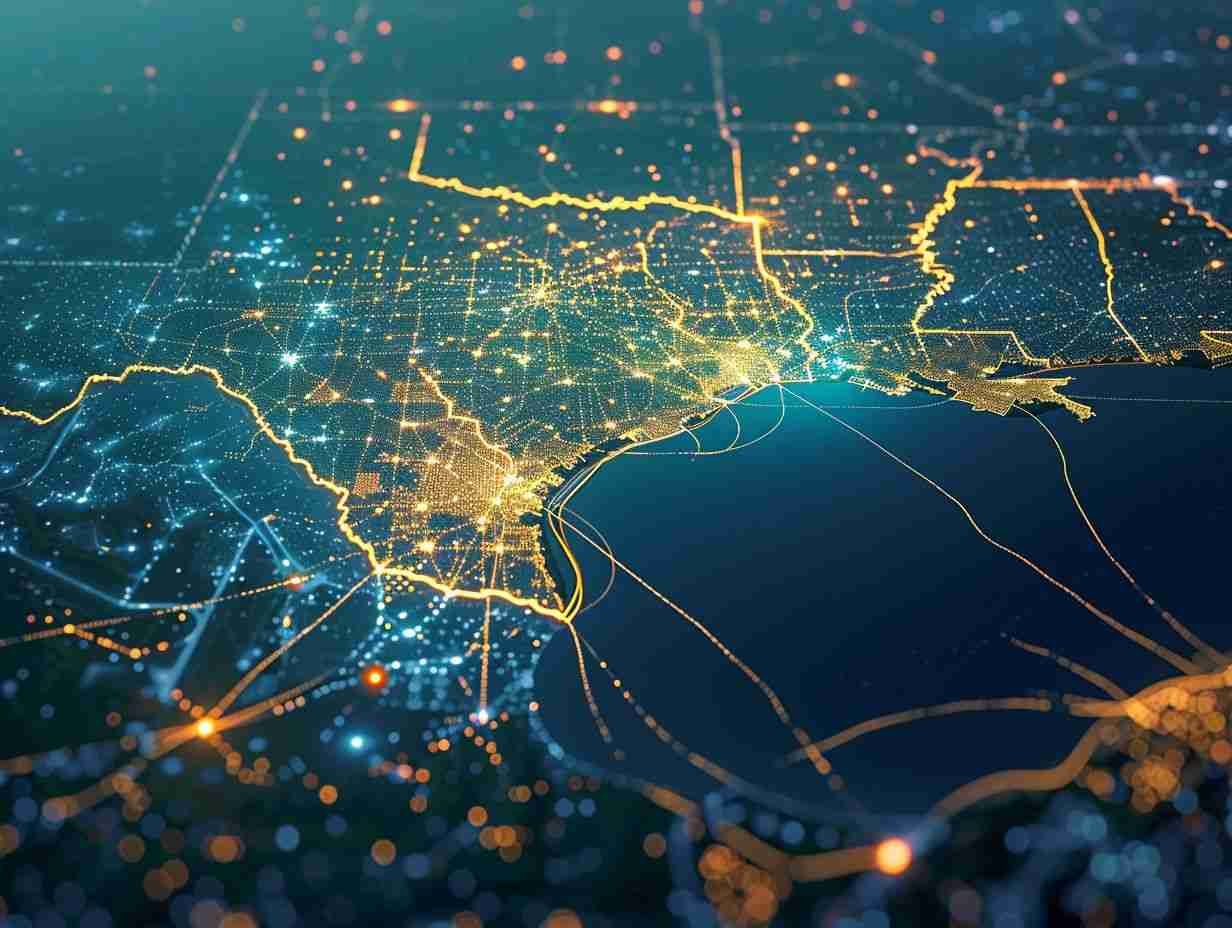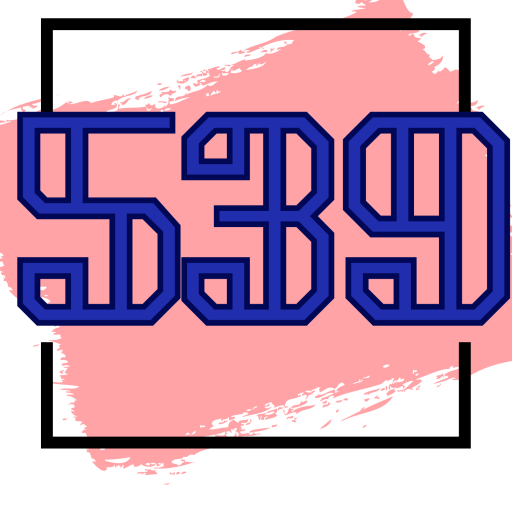From the origins of the 760 area code to its current impact on businesses and residents, this article provides a comprehensive look at the history, geographical coverage, and future predictions of this unique area code.
Discover the reasons for its creation, how to determine the location of a phone number with the 760 area code, and the pros and cons of the recent changes.
Explore the potential impact on residents and businesses as we delve into the world of area codes.
Understanding Area Codes
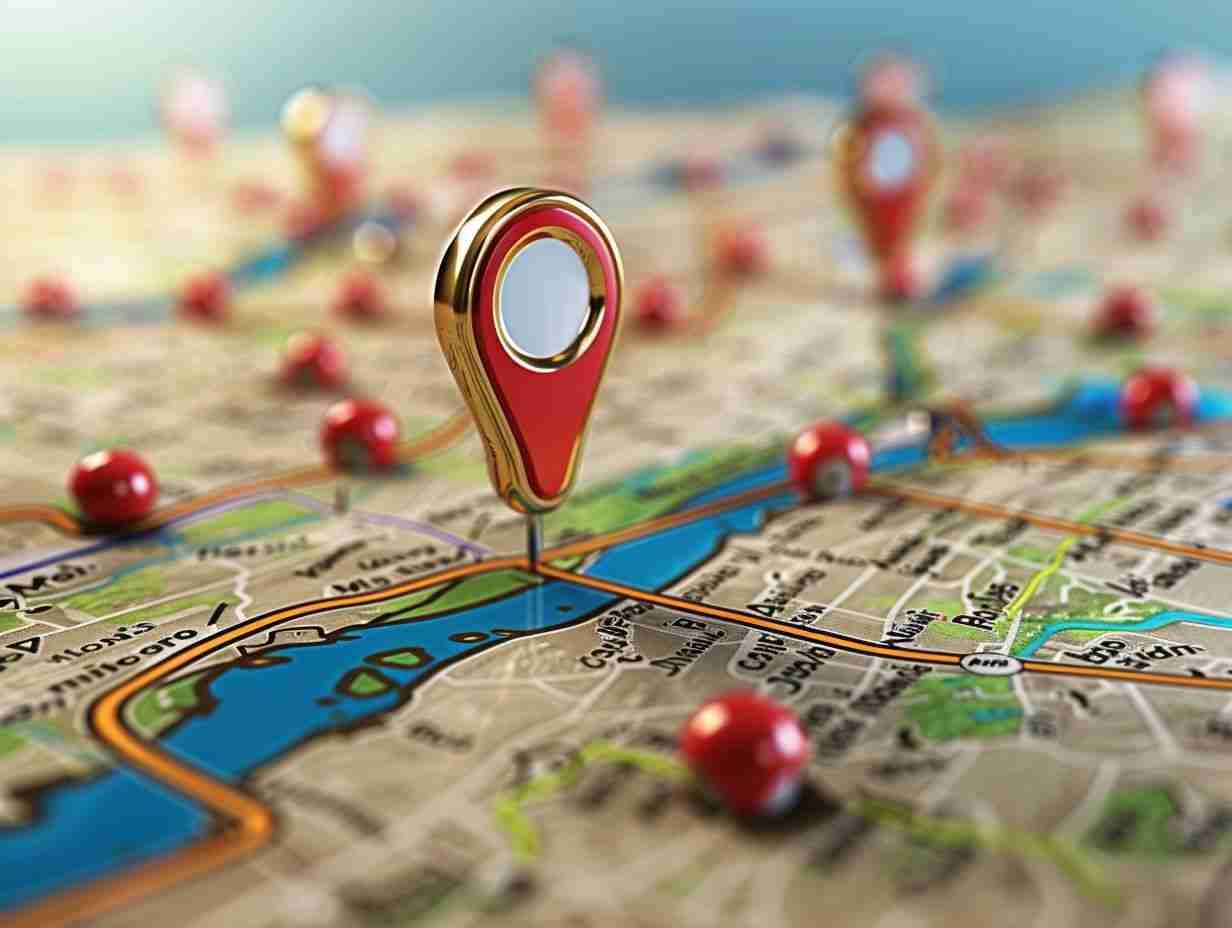
Area codes play a crucial role within the telecommunications infrastructure of the United States. They serve as the initial three digits in a ten-digit telephone number as prescribed by the North American Numbering Plan (NANP). The oversight and regulation of area codes come under the purview of organizations such as the California Public Utilities Commission (CPUC).
What is an Area Code?
An area code is a component of a telephone number that delineates a specific geographical area within the North American Numbering Plan (NANP). These area codes serve a pivotal function in telecommunications as they enable callers to ascertain the location associated with a phone number and ascertain the extent of its coverage.
The area code plays a crucial role in call routing, directing calls accurately to their intended destinations and facilitating efficient communication. The allocation of area codes adheres to a systematic framework where each area is assigned a distinctive code to avert overlaps and confusion.
This structured approach aids in the organization and administration of the extensive network of phone numbers across diverse regions, streamlining resource allocation for service providers.
The History of the 760 Area Code
The 760 area code was established in 1997 to cater to specific regions of Southern California. Owing to the heightened need for phone numbers, an overlay plan incorporating area code 442 was introduced in 2009.
Origins and Changes Over Time
The 760 area code was established in 1997 through a split from the 619 area code in response to the escalating demand for telephone numbers in the state of California. As the population expanded and technological advancements proliferated, the 760 area code became densely populated with phone numbers, necessitating additional numbers to cater to the increasing demand for telecommunication services.
To mitigate this challenge, the California Public Utilities Commission initiated the 442 overlay in 2009. The introduction of the 442 overlay aimed to alleviate the strain on the existing 760 area code by introducing a new set of numbers, thereby ensuring the sustainability and efficiency of the telecommunication system for residents and businesses in the region.
Geographical Coverage of the 760 Area Code
The 760 area code encompasses a substantial geographic area in California, including counties such as Imperial, Inyo, Mono, San Diego, Riverside, San Bernardino, Los Angeles, and Kern.
Counties, Cities, and Regions Included
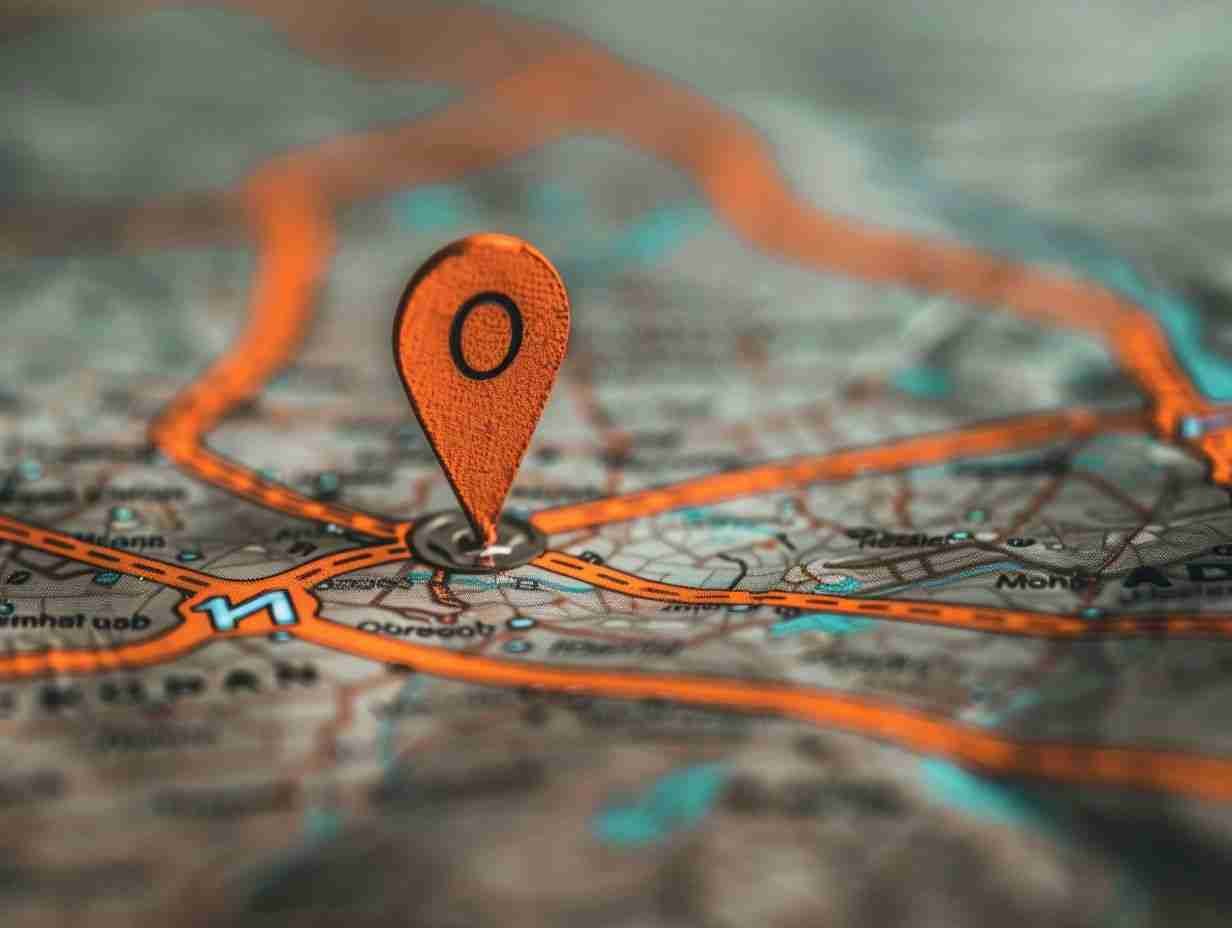
The 760 area code encompasses several counties, including Imperial, Inyo, Mono, San Diego, Riverside, San Bernardino, Los Angeles, and Kern, as well as numerous smaller communities within these areas.
Key cities within the 760 area code comprise locations such as Palm Springs in Riverside County, Oceanside in San Diego County, Barstow in San Bernardino County, and Lancaster in Los Angeles County. These regions exhibit diverse landscapes, ranging from the coastal allure of Oceanside to the harsh desert topography near Barstow. Noteworthy areas like Joshua Tree National Park in San Bernardino County and the Salton Sea in Imperial County offer distinctive natural attractions that attract visitors from distant locations.
Reasons for Having an Additional Area Code
The implementation of an additional area code, such as the addition of the 442 overlay for the 760 region, is frequently prompted by population expansion and heightened demand for telephone numbers. This scenario arises due to the potential depletion of existing phone number resources.
Increase in Population and Demand for Phone Numbers
The increase in population has resulted in a heightened demand for unique phone numbers, leading to the depletion of available numbers within an area code. To address this issue, solutions such as the 442 overlay have been implemented.
This escalating demand for new phone numbers, often attributed to population growth, has prompted regulatory bodies to introduce additional area codes to ensure an adequate supply of numbers for future utilization. The implementation of new area codes not only serves to alleviate the strain on existing numbers but also facilitates the efficient allocation and management of telephone resources. By broadening the pool of available digits through the introduction of new area codes, regions can effectively respond to the growing demand and prevent potential shortages of numbers, thereby upholding seamless communication networks for both residents and businesses.
How to Determine the Location of a Phone Number with the 760 Area Code
Identifying the geographical location associated with a phone number bearing the 760 area code can be effectively accomplished through the utilization of online tools and directories that offer geographic information corresponding to area codes.
Using Online Tools and Directories
Various online tools and directories are readily accessible to users seeking to ascertain the geographic location of a phone number bearing the 760 area code, facilitating prompt access to geographical information.
One prominent online tool for ascertaining the location of phone numbers is Truecaller. Truecaller enables users to input a phone number and promptly reveals its registered location, along with additional details when obtainable. Similarly, platforms such as Whitepages and Spokeo provide extensive databases for locating phone numbers.
While these tools can offer considerable accuracy and reliability, it is imperative to acknowledge that their efficacy may vary based on the information contained within their databases. Government directories like the National Cellular Directory and the FCC can serve as valuable resources for validating the geographic location of phone numbers.
Impact of the 760 Area Code on Businesses and Residents

The introduction of the 760 area code, along with its subsequent overlay by 442, has resulted in diverse effects on businesses and residents, presenting a mix of benefits and challenges stemming from the transition.
Pros and Cons of the Area Code Change
The implementation of the 760 area code change, along with the introduction of the 442 overlay, brings forth a series of advantages and disadvantages for businesses and residents in the region.
From a business perspective, the revised area code system provides access to a greater pool of available numbers, potentially attracting a larger customer base. Particularly for expanding companies seeking to establish a local presence, this alteration can be advantageous.
Conversely, some residents have encountered difficulties during the transition period, such as the necessity to update contact details across multiple platforms. Instances where businesses neglected to adequately notify clients of the new area code led to communication breakdowns and potential loss of business opportunities. It is imperative for both businesses and residents to swiftly adapt to these changes to ensure uninterrupted communication.
Future of the 760 Area Code
The evolution of the 760 area code is anticipated to necessitate additional adjustments and potential new overlays as demographic expansion and technological progress persist in fueling the need for phone numbers.
Predictions and Potential Changes
It is anticipated by experts that the 760 area code may undergo further modifications, such as new overlays or splits, to accommodate the ongoing population expansion and the increasing demand for telephone numbers.
These potential adjustments could have an impact on both residents and businesses within the region, possibly necessitating modifications to phone systems, marketing materials, and business cards. Businesses that heavily rely on local clientele may need to ensure the accuracy and currency of their contact details throughout any transitional phases.
Conversely, residents may be required to update their address books and inform their contacts about the new area code or dialing protocols. Though change can be disruptive, it also signifies advancement and development within the community.
Frequently Asked Questions
What is the 760 area code?
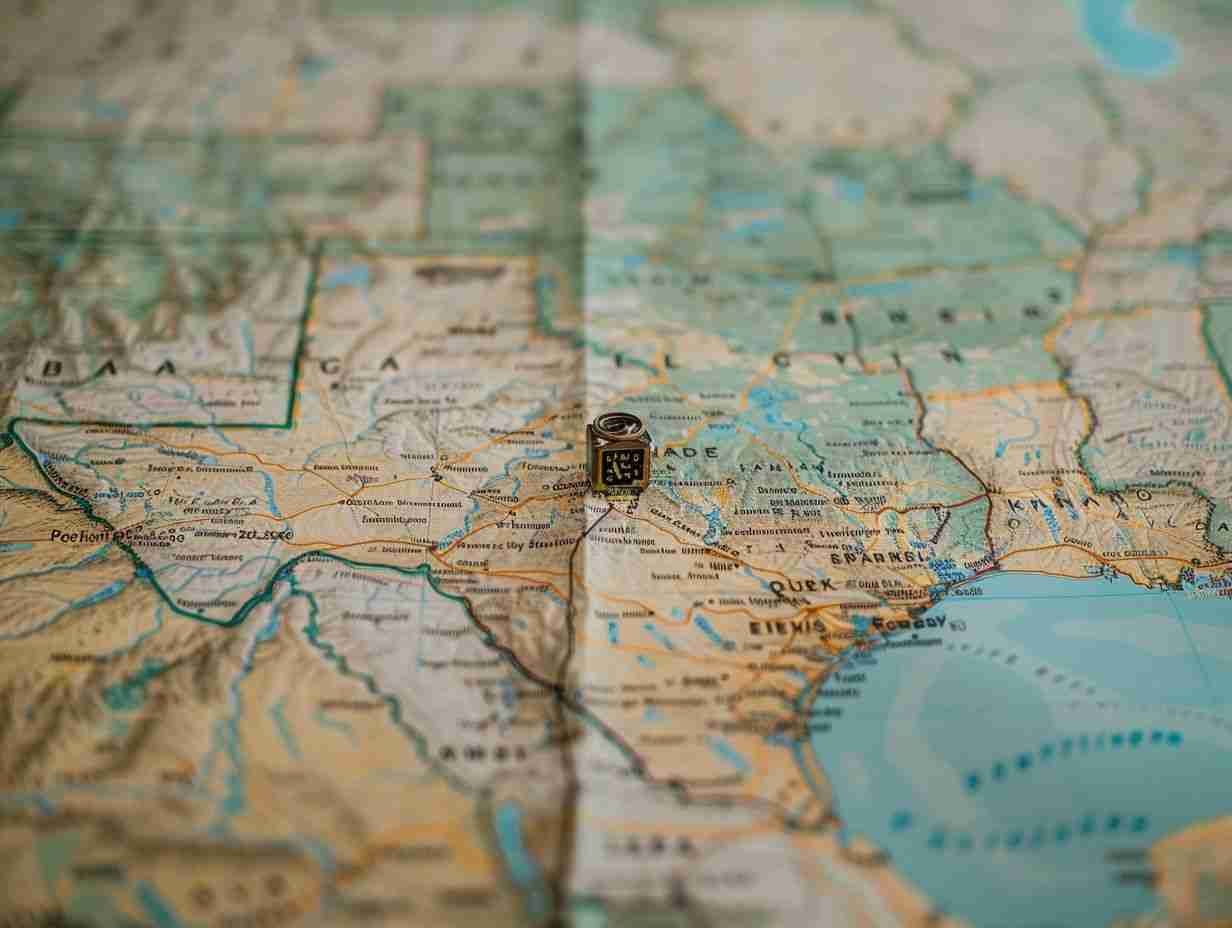
The 760 area code is a telephone area code that covers a large portion of Southern California, including most of San Diego County and parts of Riverside, San Bernardino, and Kern Counties.
What cities are included in the 760 area code?
The 760 area code includes cities such as San Diego, Oceanside, Escondido, Carlsbad, Palm Springs, Palm Desert, Temecula, and Victorville.
When was the 760 area code created?
The 760 area code was created in 1997 as a split from the 619 area code to accommodate the growing population and demand for telephone numbers in Southern California.
Is the 760 area code running out of phone numbers?
As of now, the 760 area code is not running out of phone numbers. However, due to the rapidly expanding population and increasing use of cell phones, there may be a need for a new area code in the future.
Can I keep my phone number if I move to a different city within the 760 area code?
Yes, you can keep your phone number even if you move to a different city within the 760 area code. This is known as number portability and is a service provided by all phone carriers.
Are there any special dialing procedures for calling within the 760 area code?
No, there are no special dialing procedures for calling within the 760 area code. Simply dial the 10-digit phone number, including the area code, for all calls within the area code.

